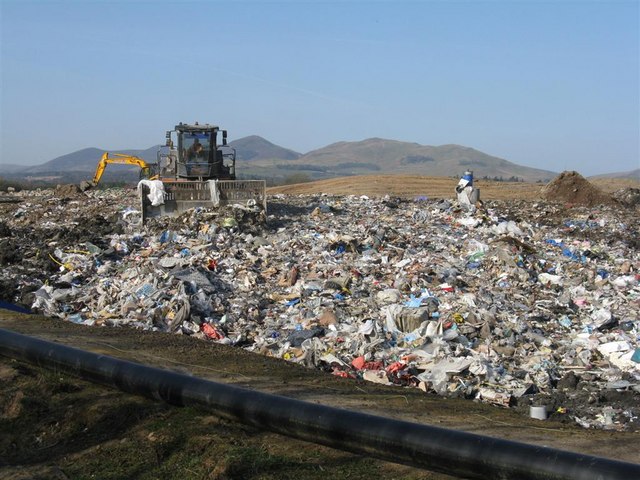What To Do If You Disturb Asbestos
Don’t Panic – Follow These Steps If You Disturb Asbestos If you accidentally break or disturb material that you suspect …

In the UK, landfill waste goes to landfill sites, which are specially engineered areas where waste is disposed of by burial. Here’s a breakdown of how the landfill process works and the current status of landfills in the UK:
In conclusion, while landfill has historically been a primary method of waste disposal in the UK, efforts are ongoing to reduce the volume of waste that ends up in landfills, both through waste reduction measures and alternative disposal or treatment methods.
Don’t Panic – Follow These Steps If You Disturb Asbestos If you accidentally break or disturb material that you suspect …
Worried that you might have been exposed to asbestos? Unsure how to tell if you’ve been affected? It’s a concern …
The majority of high-risk asbestos-related tasks must be exclusively undertaken by licensed contractors. However, the determination of whether a specific …